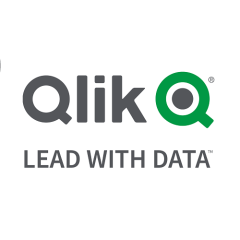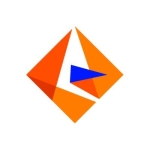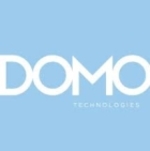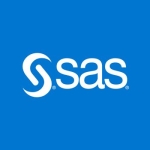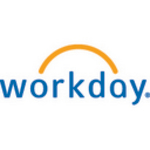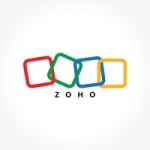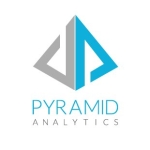What is our primary use case?
The primary solution was to provide a centralized way to access siloed cross-functional reports.
By using Qlik Sense, we were able to combine data from our BI solution, ERP, and other systems, to provide daily reports, plus analytics capabilities with high performance.
As Qlik Sense is an in-memory solution, the performance is fast and provides real-time insights.
Also, with their ETL capability, we were able to perform ETL without a true data warehouse. It saved us a lot of money by being able to postpone the DW project and gave us time to think of other solutions, like data lakes.
How has it helped my organization?
From siloed reports, we went to a centralized knowledge hub, combining cross-functional data, and helping decision-makers see the data as a whole, therefore making more informed decisions.
Also, the self-service capability allowed users to create their own reports on the fly. People from different departments were pulling their data from different sources and presenting their own truth.
With Qlik Sense, and being able to provide a central data hub, we were able to recreate most of the siloed reports, present one truth on the data, and increase the trust of the organization in the data being presented, gaining leadership approval.
What is most valuable?
The ETL capability is great. It facilitated the integration of data from different sources without a true data warehouse. Being able to pull data directly from the ERP system and apply the business rules in Qlik, and combine it with the BI data, decreased the business process time. We had to send every request over to our overseas BI team. Being able to have at least one BI resource in-house who is an expert in Qlik, we decrease the development time and started delivering solutions in a much more timely manner.
The ease of use, providing a self-service environment, and high performance when interacting with the dashboards and reports are all great.
What needs improvement?
Ad-hoc reporting capabilities would be ideal. Despite the solution being a self-service solution, many users still struggle to create their reports. With an easy drag-and-drop style report, it would make a huge difference. There are extensions for that, however, you have to pay them separately.
Having a report publication feature is also very important, and it is not native to the on-prem version. However, Qlik has made huge advancements on the cloud version, and adding the hybrid capabilities, in which we can maintain the data in-house and just publish the dashboards to the cloud, will allow us to soon go to the cloud and have access to all those extra features we are missing on-prem.
For how long have I used the solution?
I've used the solution for seven years.
What do I think about the stability of the solution?
The product is very stable. They release three to four updates every year. That way, if bugs come up, they are fixing them in a timely manner. They always listen to the user community and tend to develop what is being requested.
What do I think about the scalability of the solution?
The solution is very scalable, especially the cloud version. Their licensing agreement works really well for large organizations.
How are customer service and support?
The initial support has to come from the vendors, which is something I don't like much, as it can be costly. However, I believe they are starting to provide direct support in certain cases. The use of the Qlik Community is fantastic, as they have experts providing solutions and fixes in a timely manner as well.
How would you rate customer service and support?
Which solution did I use previously and why did I switch?
SAP Business Objects. They were very expensive and lacked the dashboard capability side of it. It was also very complex and needed more internal resources. Every request would take longer for it to be developed as well.
How was the initial setup?
The setup was very straightforward. The setup is done through 3rd-party vendors, so you just need to make sure you spend a little more and hire an experienced consulting company for the work.
What about the implementation team?
We implemented it via a vendor. Having the knowledge of experienced consultants doing the work is worth it and can prevent huge delays and problems.
What was our ROI?
I am not really sure about the full ROI numbers, however, compared to what we would have spent with the DW development, and increased headcount, we would have spent a lot more money. As I said, their licensing plan makes it very simple and cost-effective when we need to add more users.
What's my experience with pricing, setup cost, and licensing?
I'd advise users to go to the cloud. If you can, go directly to the SaaS version. From a cost perspective, it was cheaper than other solutions - and better. Now it might seem more expensive, however, with all the features available, and being able to create a full data pipeline, it makes more sense using Qlik Sense.
Which other solutions did I evaluate?
We also looked into Power BI and Tableau.
What other advice do I have?
Definitely go to the cloud. Use the SaaS solution as it offers more capabilities and you don't need to be concerned about the back-end management. If fully going to the cloud is not possible, think of a hybrid solution.
Which deployment model are you using for this solution?
On-premises
Disclosure: My company does not have a business relationship with this vendor other than being a customer.

